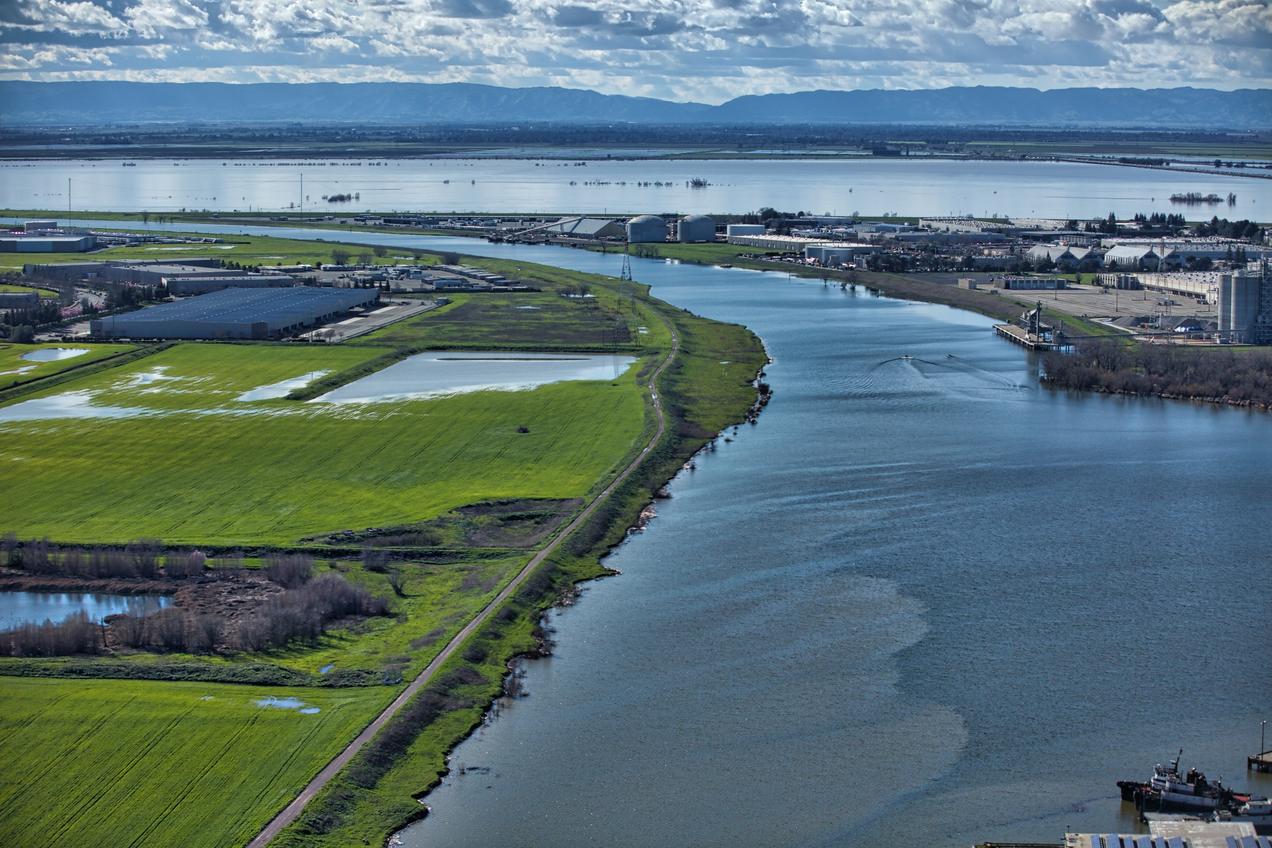 By Chris Gilbert
By Chris Gilbert
Following almost a decade of research and extensive public outreach, and twenty years after it was due, the State Water Resources Control Board (SWRCB) has released a final draft plan to increase water flows through the Lower San Joaquin River and its tributaries — the Stanislaus, Tuolumne, and Merced rivers — in order to “prevent an ecological crisis, including the total collapse of fisheries.”
The state’s plan proposes increasing water flows to 40 percent of their “unimpaired” levels (the flow that would occur if all runoff from the watershed remained in the river, without diversions), within a range of 30 to 50 percent. Currently, the amount of water remaining in the rivers can run as low as 10 to 20 percent of unimpaired flow at critical times of the year.
The plan is an attempt at addressing the ecological crisis in the Delta and preventing further collapse of Bay-Delta fisheries. According to the Water Board, the dramatic decline in the populations of native fish species that migrate through and inhabit the Delta has brought some species to the brink of extinction. In 1984, approximately 70,000 fall-run Chinook salmon adults returned to the San Joaquin Basin. By 2014, the number of returning adults dropped to 8,000.
In addition to the ecological consequences, the decimation of native fish species has led to a loss of commercial and recreational fishing jobs. The lack of freshwater in the Delta has also affected farmland.
Bay Area residents overwhelmingly favor restoring the Delta. A recent survey commissioned by Tuolumne River Trust, and conducted by the Social Science Research Center, found that San Francisco residents favor water conservation if it benefits the SF Bay Delta and its tributaries. When asked if they would be more likely to conserve water if they knew it benefited the environment, 72% responded yes.
Unfortunately, the public’s clear preference for conservation is at odds with the stance of the San Francisco Public Utilities Commission (SFPUC). It has instead aligned itself with Central Valley agricultural interests in stating that the Delta and its tributaries can be restored solely through non-water-flow measures such as habitat restoration and predator control. However, the science is overwhelmingly in agreement about the need for increased fresh water flows as well.
In fact, the 40 percent starting point called for by the Water Board is lower than scientific studies have shown is necessary for Delta restoration, which is closer to 50-60 percent or more. Presumably, the Water Board has attempted a compromise with agricultural and other interests who would rather there was no increase in freshwater flows; business as usual. Nevertheless, the plan for 30-50 percent unimpaired flows allows some increase if needed, and it will get us on our way to restoring ecosystems on the brink of collapse.
What You Can Do:
Show your support for the Bay Delta Plan!
UPDATE 8/15: The comment deadline is now passed. Now we need you to show up at the August 21 hearing to voice your support in person for the Bay-Delta Plan. Read more here.
Tuesday, August 21 at 9:30 AM and Wednesday, August 22 at 9:30 AM
Joe Serna Jr. CalEPA Headquarters Building, Coastal Hearing Room
1001 I Street, Second Floor, Sacramento, CA 95814
RSVP HERE
Photo: San Joaquin-Sacramento Bay Delta. Image courtesy of Steve Martarano, U.S. Fish and Wildlife Service, Pacific Southwest Region, Flickr.